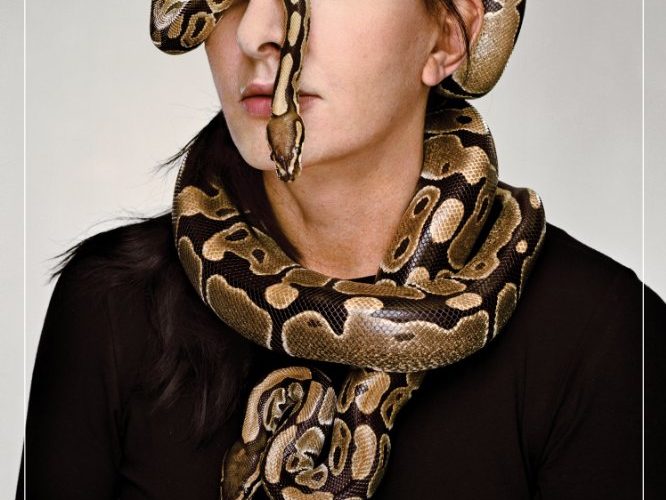Playfully divided into “Lots,” Barry Avrich’s sweeping and enlightening Blurred Lines: Inside the Art World investigates the entire ecosystem that comprises the art market: the auction house, the brokers, the secondary and primary markets, mega art fairs, and multiple institutions, from the BFA and MFA granting institutions that matter (hint: they’re mostly in New York) to great museums and collections of the world. Blurred Lines condenses a semester’s long seminar into a lively documentary with too many talking heads to name, representing established and emerging artists, buyers, tastemakers, curators, dealers, gallerists, journalists and critics. They all attempt to connect the dots as a work of art becomes a commodity worth protecting while lesser works by an artist are bid-up at auctions to preserve the value of an existing collection.
At times Blurred Lines may seem like an oversimplification of a broader, more interesting story; it does what it does with playful gusto in 84 minutes. Avrich, with over 35 titles to his name, specializes in entertaining, larger-than-life docs about moguls, including Miramax’s Harvey Weinstein (Unauthorized), Bob Guccione (Filthy Gorgeous) and Cineplex Odeon and LiveEnt’s Garth Drabinsky (Show Stopper). With his latest film, he has boiled the art market down into a concise essay that makes economics engaging. Opening at an auction held by troublemaker art star Damien Hirst, whose work as always been critical of the commodification of art, he side-steps Christies and Sotheby’s right as Lehman Brothers is falling. The art market seems resilient in the face of a global economic calamity, just one of the rich ironies Avrich and his interviewees unpack.

Another unpacked irony is scale and gender disparity, especially in the area of performance art as some theorize men get larger (such as Chuck Close and Julian Schnabel’s large-scale paintings) while women like Maria Abramovic and Taryn Simon scale downwards later in their careers, exploring isolation and presence. Interviewing filmmaker and sculpture Michael Snow reveals a push-pull between result and process as provenance becomes equally as an important as the context the work was created in. Primary dealers are responsible for placing an object with a taste-making collector while hiding the prices. Some call for regulation into the art market while others remain interested in preserving the cartel-like structure that inflates prices and limits access to create future value.
Who, the film asks, gets hurt here? The answer, in short, are those with a lot cash that aren’t engaged enough to know the difference. Meanwhile businessmen like Stephen Wynn and others purchase art at wholesale markets (like Art Basel), hold it, and sell it at a remarkable rate of return, all while trying to ultimately place the object in an institution of merit to further drive up the value of the artist’s portfolio.
Fast-paced, informative and engaging, Blurred Lines: Inside The Art World takes the kind of material that’s fodder for an episode of the Slate Money podcast and fleshes out its points through multiple authorities showing how the sausage is made. It isn’t a call for regulation so much as it is a behind-the-scenes look at how art stars are packaged, and how one like Damien Hirst cheekily tries to beat the house.
Blurred Lines: Inside the Art World screened at the Tribeca Film Festival.

